SupremePunk #073
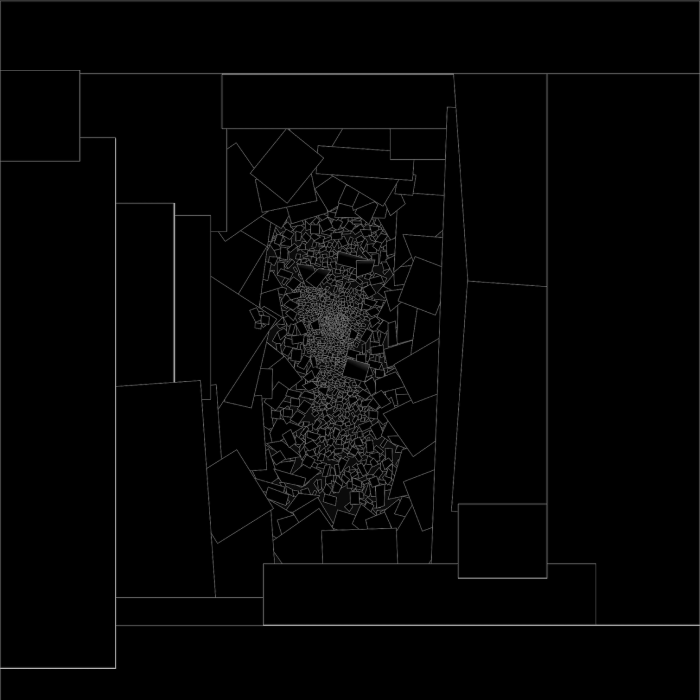
Broken in Pieces
This Punk is inspired by CryptoPunk #5120 and artworks of Paul Klee. This Punk is inspired by the works of Paul Klee. Even though Paul Klee’s art rests on colour, of which this Picture is clearly devoid, it is also built around shapes and their meanings. The artist chose a rectangle as his main figure, and rectangular forms can also be seen in the Picture as base units of the composition. The closer these shapes are to the centre of the canvas, the smaller they become. Not only does this create a peculiar perspective drawing, but also resembles the black hole, which gradually condenses the matter to the point of destroying space and time.
The SupremePunk can be perceived as a step forward in the Spatialism movement, the founder of which — Lucio Fontana — is known for his ‘‘Spatial Concept’’ series. The painter was greatly influenced by breakthroughs in space research and art was his form of exploring it. His most prominent works feature coloured canvas and long thin knife cuts. Each slash reveals pitch darkness, which represents the notion of the perpetuity of unexplored space or the idea of the event horizon. You cannot witness anything beyond the event horizon, it is like a border between different realities of incompatible nature. The narrowness of the cut symbolises how much more humanity has yet to discover in the Universe.
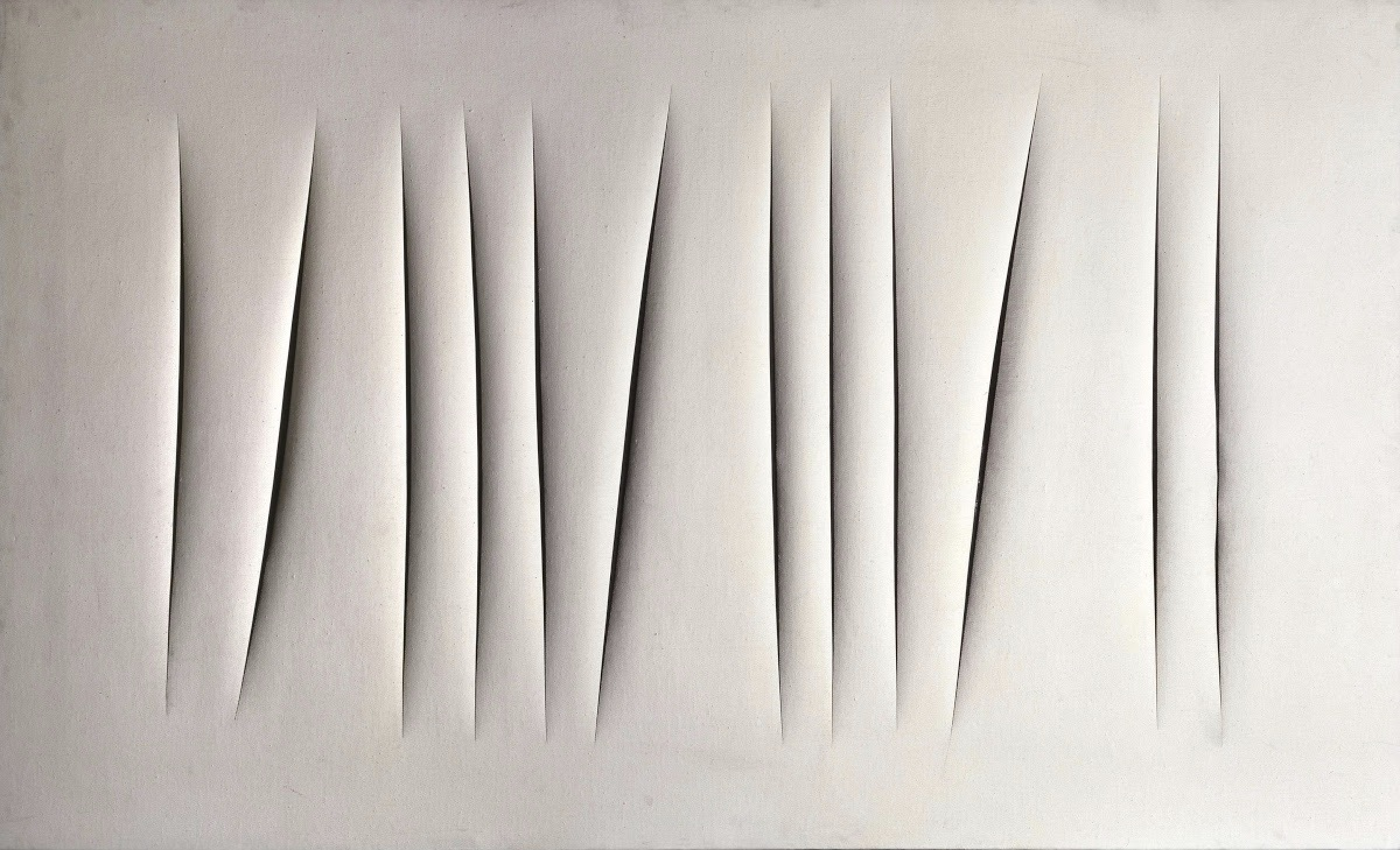
L. Fontana — Spatial Concept series
The Punk looks exactly like something we expect to see if we tear through Lucio Fontana’s cuts on canvas and expose ourselves to unknown dimensions. It might depict the intermediate result of the mission of humankind in this field of science, which develops exponentially.
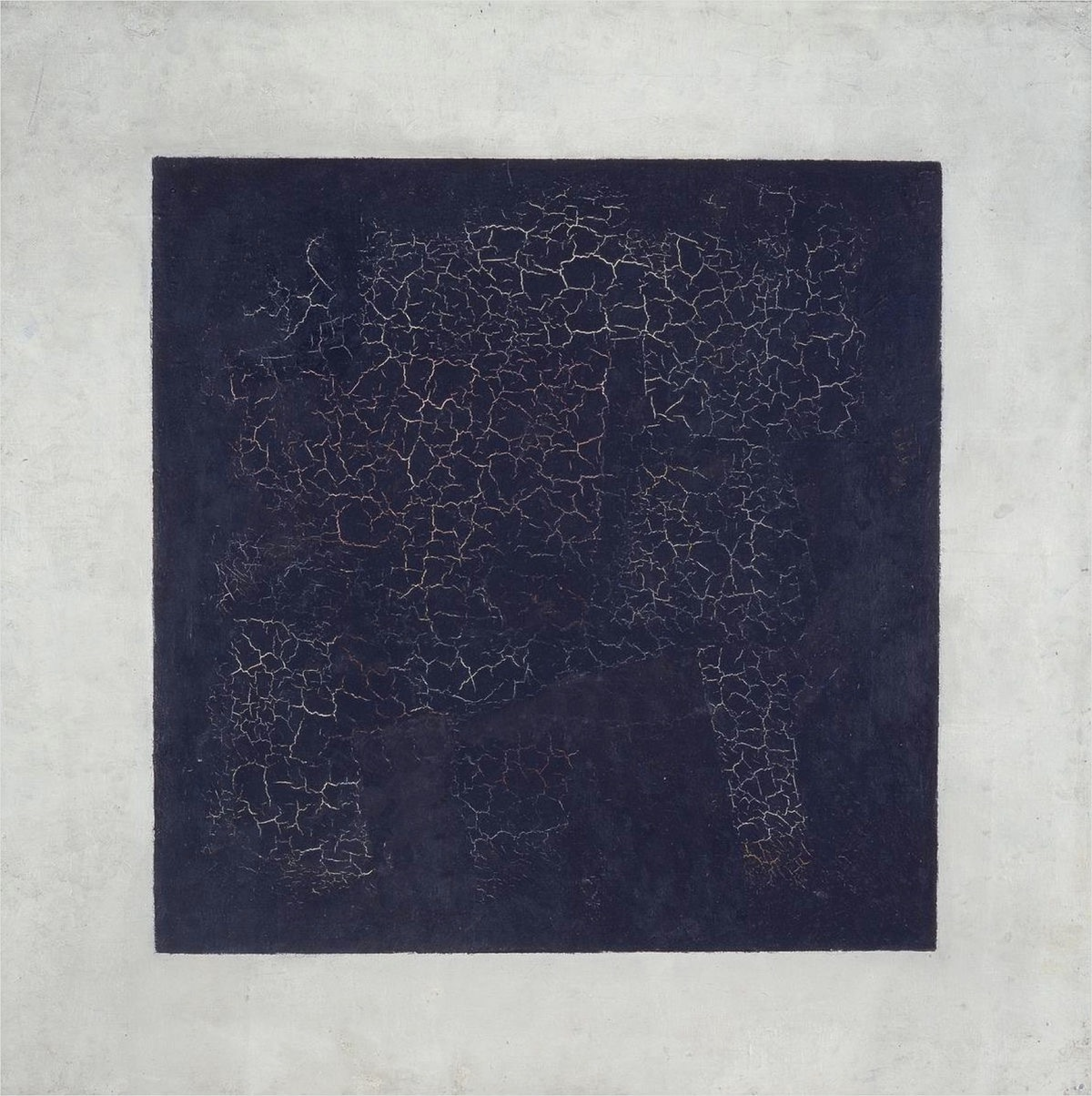
K. Malevich — Black Square, 1915
As far as the technique of the Picture is concerned, one can involuntarily compare it with Malevich’s «Black Square» as the texture in the centre of the Punk is similar to the faded cracked paint. However, the icon of Suprematism was not created like that, passing decades brought those features with them, while the SupremePunk had such qualities from the very beginning. This is why the technique of the work is probably closer to the art style of Pavel Filonov, the founder of Analytical Realism. The artist reflected on the nature of the Universe and approaches to art. He came to a conclusion that art should be created from the particular to the general, in an inductive manner. Filonov’s works appear complex, not always appealing to the eye, but conceptually impeccable.
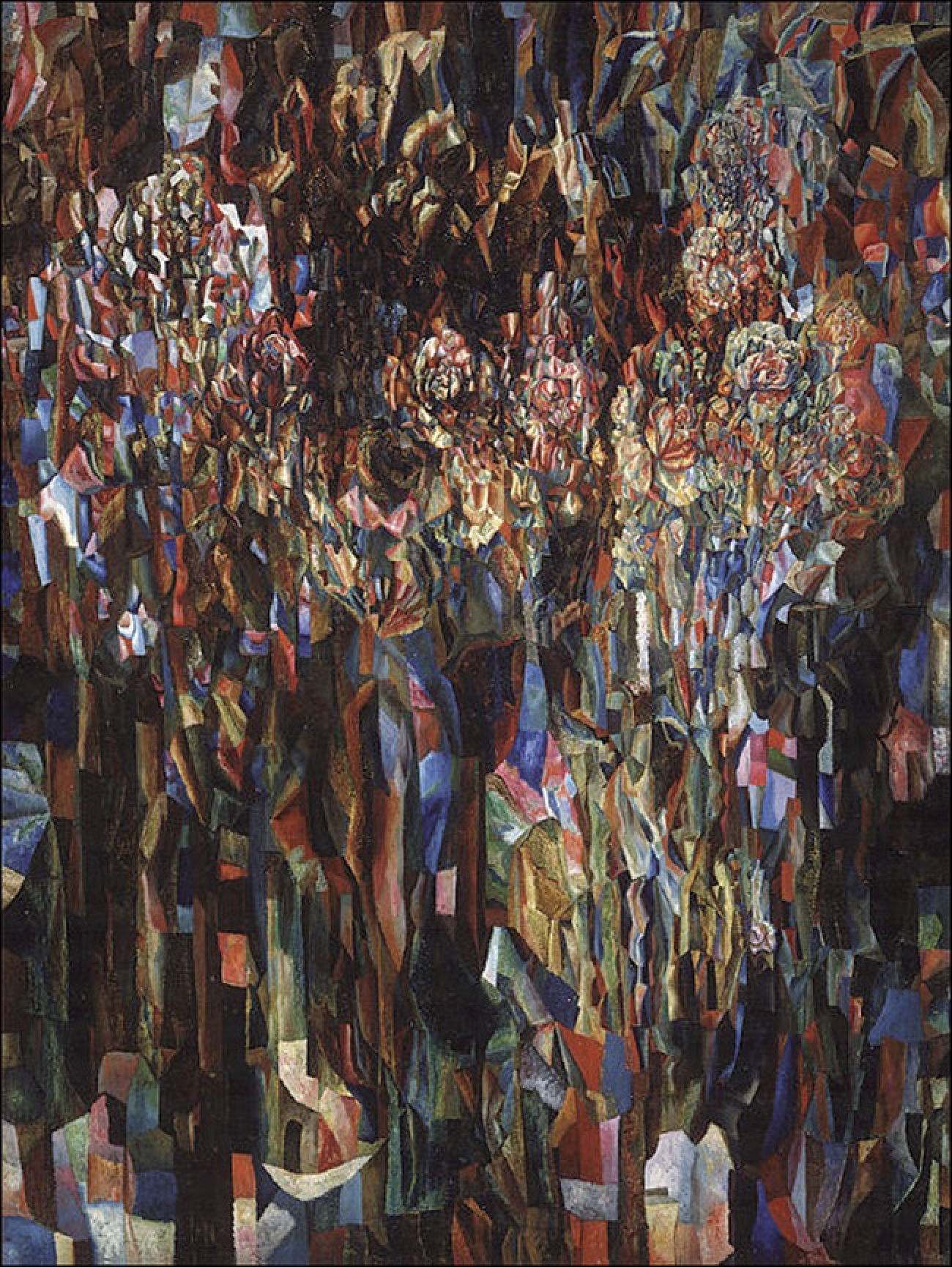
P. Filonov — World heyday, 1916
There should be mentioned one more aspect of the SupremePunk, which took its inspiration from Paul Klee. The artist was also a talented musician, and his works were based on music theory: shapes represented notes and colours — musical keys.
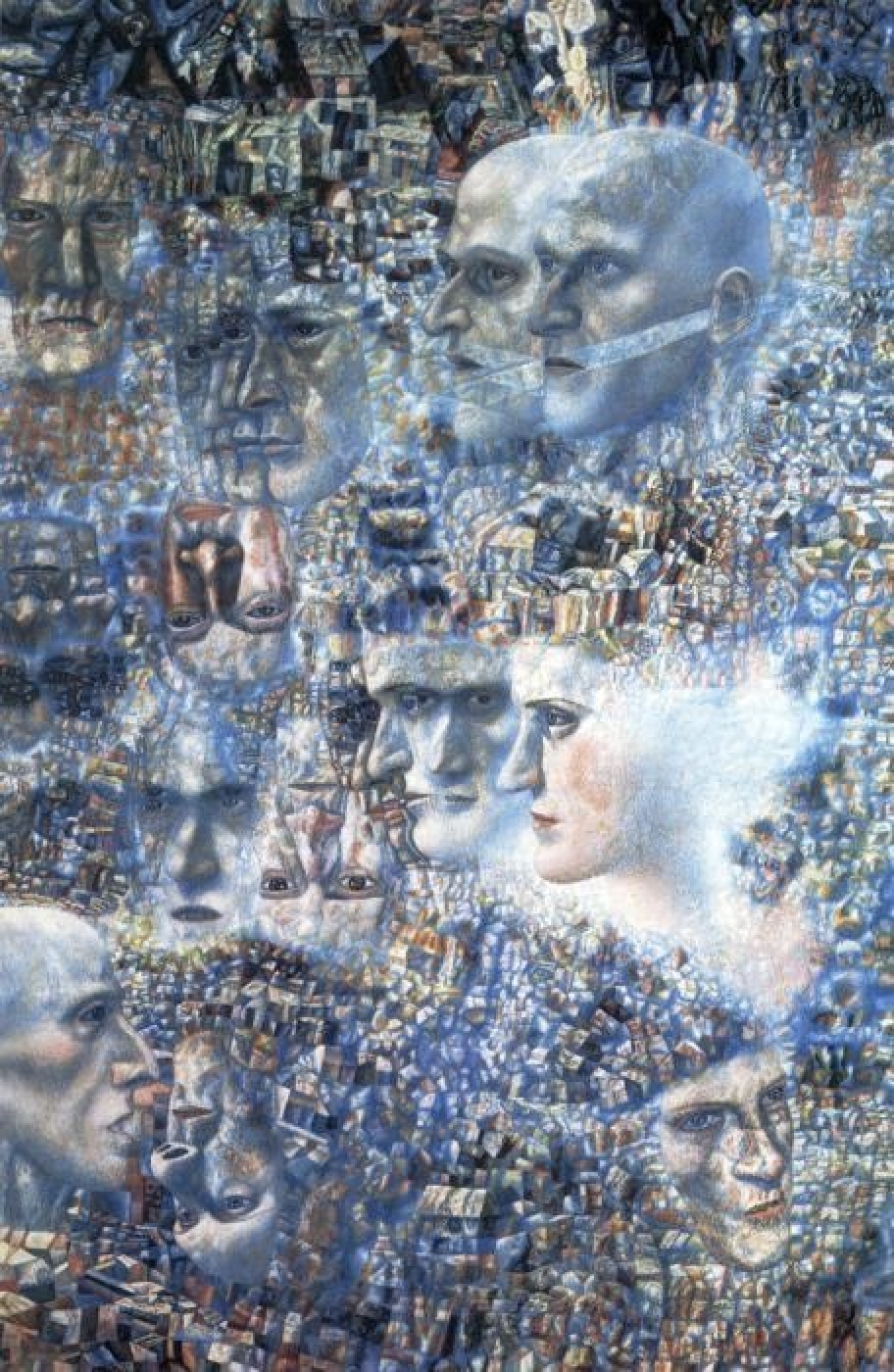
P. Filonov — First Symphony by Shostakovich, 1935
With hues and forms he created harmonies and variations. The uniformity and intensity of the colour can be associated with a monotonous incessant sound which is slowly building up to the point of overwhelming suspense.
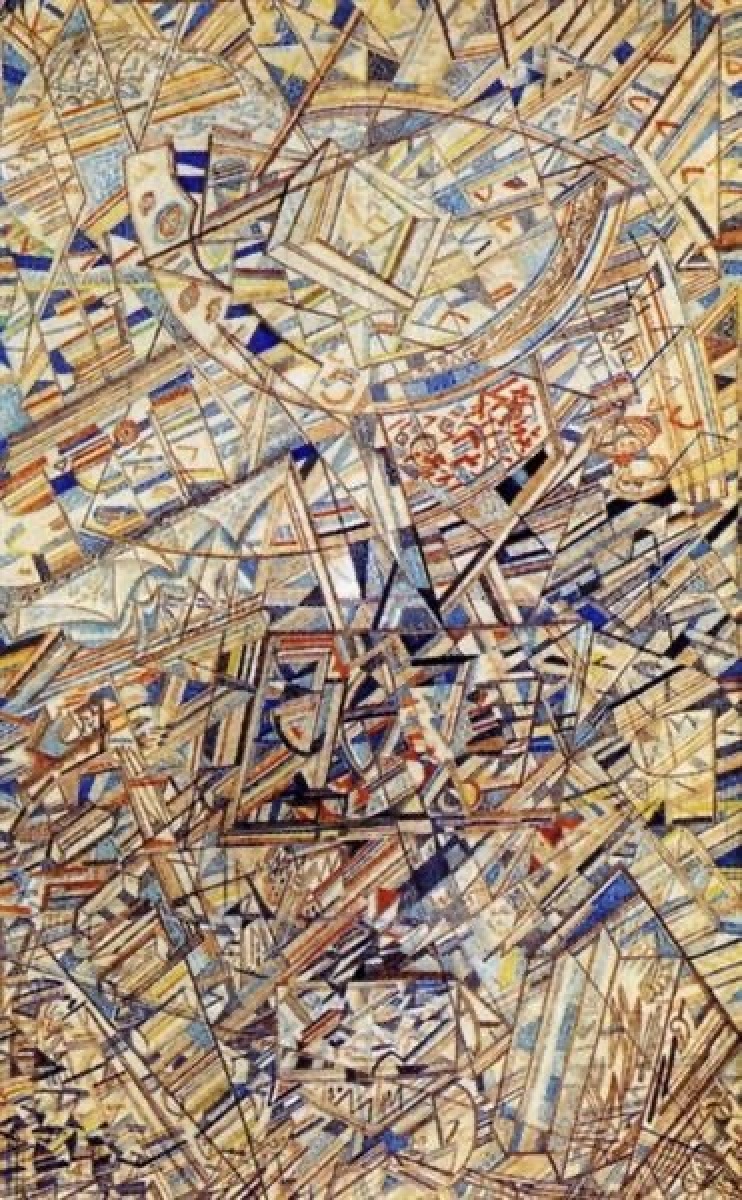
P. Filonov — Formula Of The Universe, 1920
Hans Zimmer’s pieces of music written for the movie ‘‘Interstellar’’ evoke such emotions with ascending hum and vibrations. The fact that the film is also about space exploration, wormholes, time paradoxes, makes such an analogy the best match.
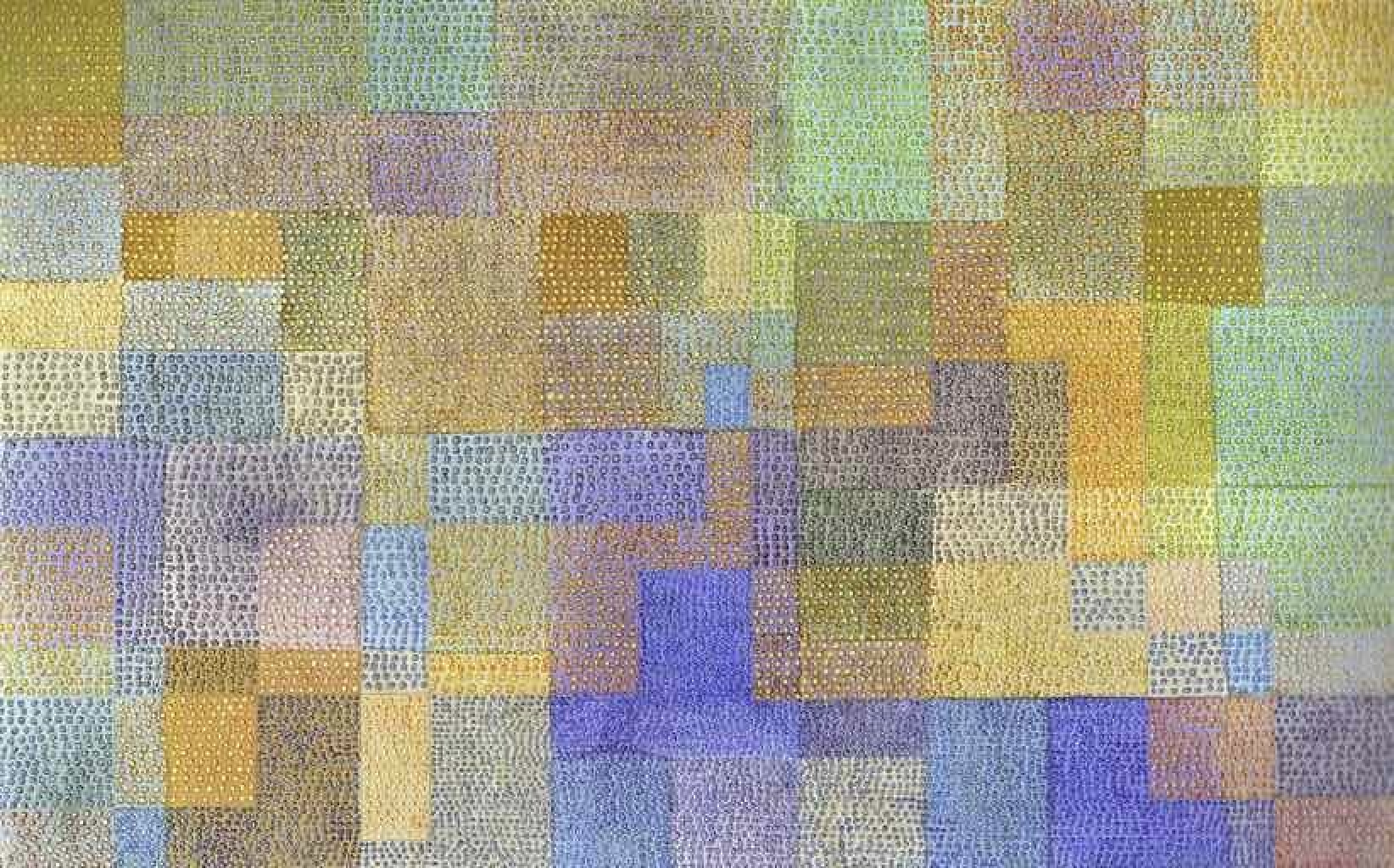
Paul Klee — Polyphony, 1932

Buy

Gallery:
CryptoPunk #5120 that has been taken as a base

Your transaction is in progress

You have connected to the wrong network

Transaction is successful!


